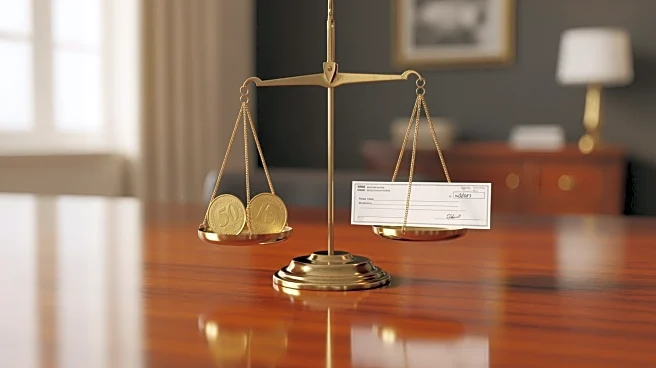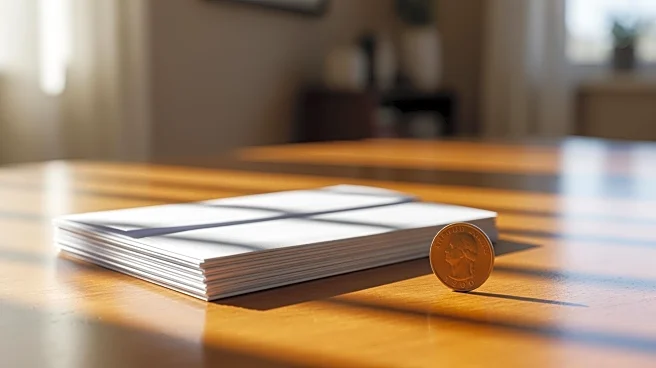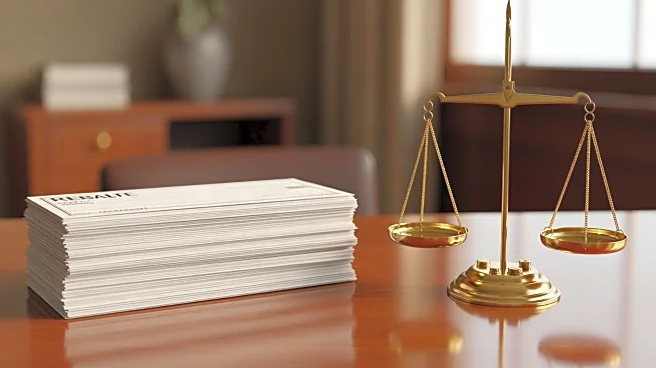What's Happening?
President Donald Trump announced plans to issue $2,000 'tariff dividend' checks to Americans by mid-2026. This proposal, aimed at individuals with moderate and middle incomes, is part of Trump's broader
economic strategy. However, the plan faces significant hurdles, including the need for legislative approval. Treasury Secretary Scott Bessent indicated that the administration requires new legislation to distribute these dividends, and there is uncertainty about whether the payments will take the form of checks or tax rebates. The financial feasibility of the plan is also in question, as the estimated cost could exceed the revenue generated by tariffs, potentially resulting in a $400 billion deficit.
Why It's Important?
The proposed tariff dividend checks represent a significant economic policy shift, potentially impacting millions of Americans. If implemented, these payments could provide financial relief to low and middle-income households, similar to previous stimulus checks. However, the plan's reliance on tariff revenue raises concerns about its sustainability and potential inflationary effects. The proposal also highlights ongoing debates about the use of tariffs as an economic tool, with implications for U.S. trade policy and international relations. The Supreme Court's pending decision on the legality of Trump's tariffs adds further uncertainty to the plan's future.
What's Next?
The administration is exploring legal options to implement the tariff dividend checks, but congressional support remains uncertain. The Supreme Court's upcoming ruling on the legality of Trump's tariffs could significantly impact the plan's viability. If the Court rules against Trump, the administration may face challenges in refunding collected duties, complicating the dividend proposal. Political leaders and economic stakeholders will likely continue to debate the merits and risks of the plan, with potential implications for future trade and fiscal policies.











